This post may contain affiliate links. Please read our disclosure policy.
There are many versions of Lebanese ka’ik (or ka’ak), some biscuit-like and others bread-like. This spiced, glazed sweet bread version is filled with dates and pressed for a beautiful imprint on top. Find the molds at Maureen Abood Market.
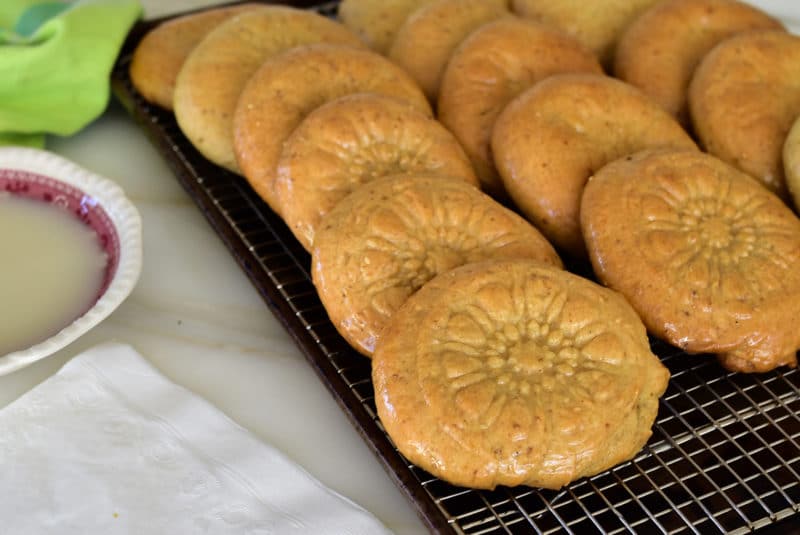
As I was noting recently, the scent of what’s cooking in the kitchen has a powerful effect on all who enter the house.
Unless there is burn, that unmistakable scent of failure hanging in the air, the cook generally feels pretty great about the aromas that indicate hey, something delicious is happening here.
I’ve been baking ka’ik lately, getting the scents of the upcoming Lebanese-style Easter season all riled up in the kitchen. For us, that means the mahleb-anise-yeastiness of ka’ik, which is perfect just as it is, and a gilded lily when filled with a mixture of date paste and toasted walnuts.
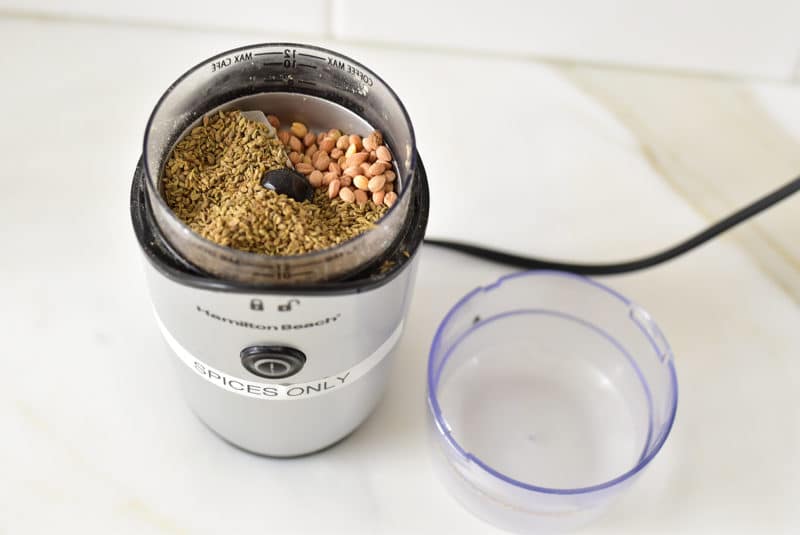
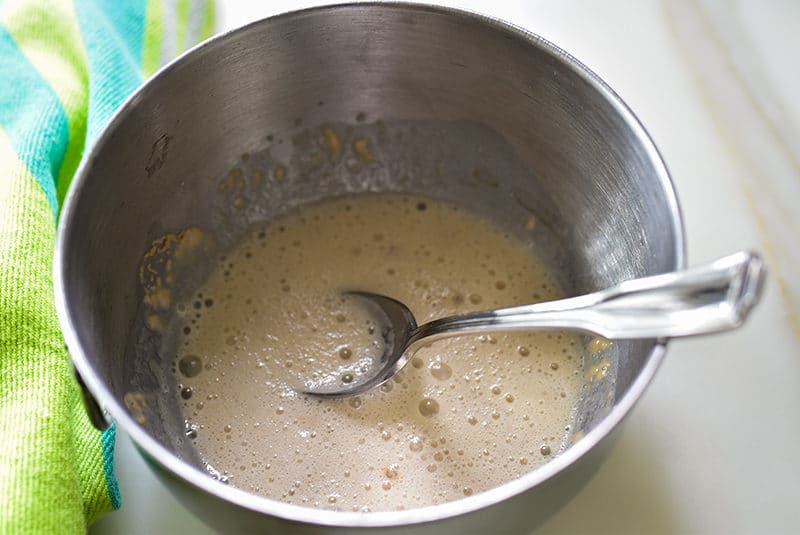
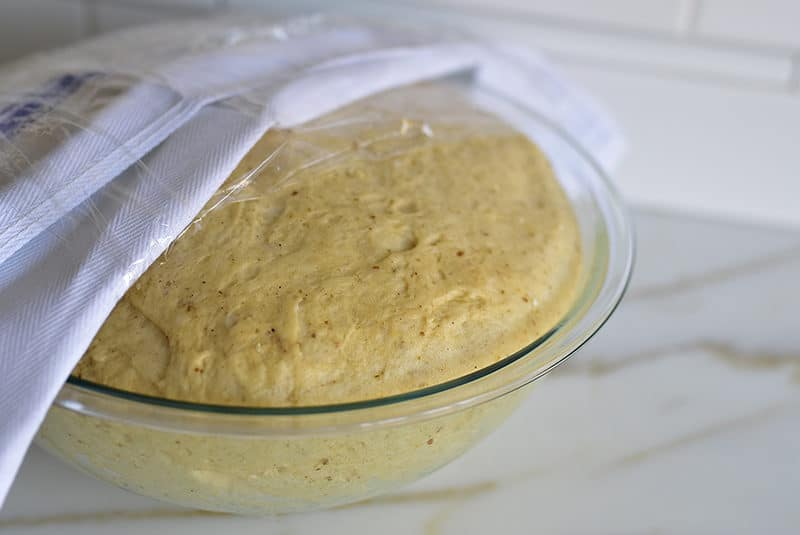
When my brother Chris came in one evening recently, the scent of ka’ik was still among us in the kitchen from an afternoon of baking. “What is that scent?” he asked, hand over nose, laughing.
“It’s this!,” I said, holding out a super duper soft, beautifully imprinted, glazed ka’ik for him. I didn’t want to say “it’s anise!” because I knew for sure that was the reason he was laughing.
He launched into how he was traumatized as a kid, traumatized to walk in after school when Aunt Louise (my mother-in-law…just an “aunt” by affection, not blood line…) was at our house baking these . . . these . . . what are they, cookies?. . . with Mom.
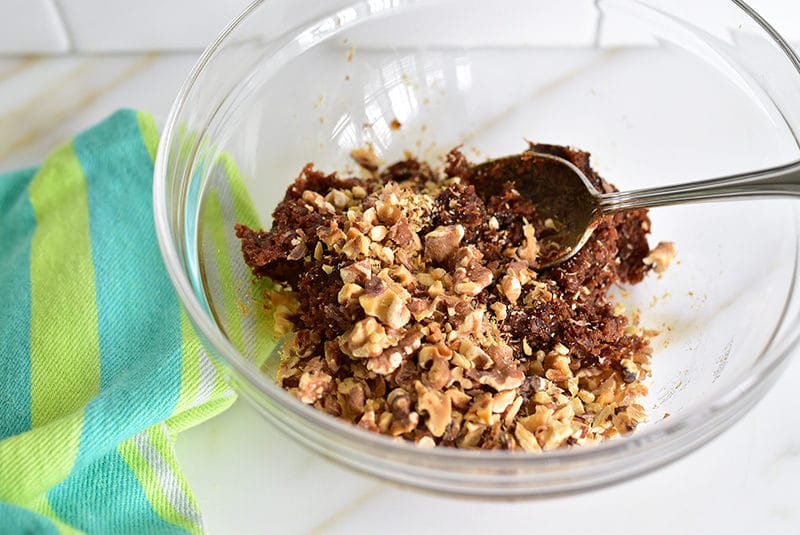
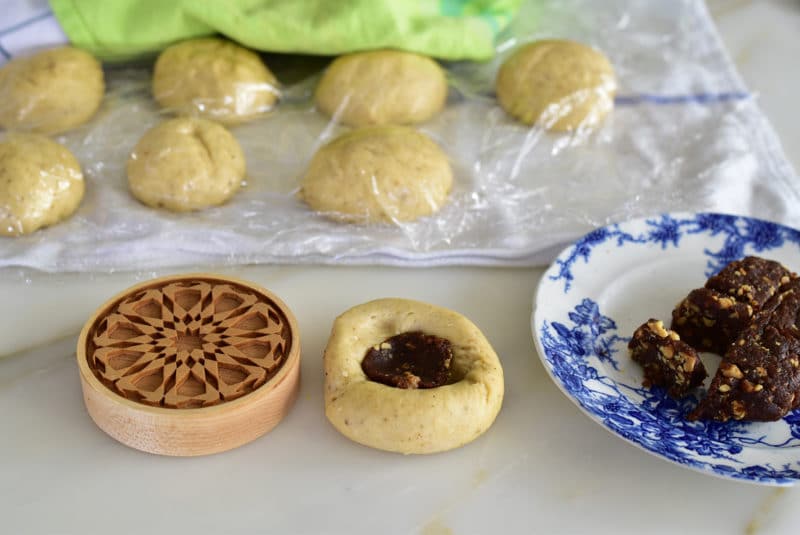
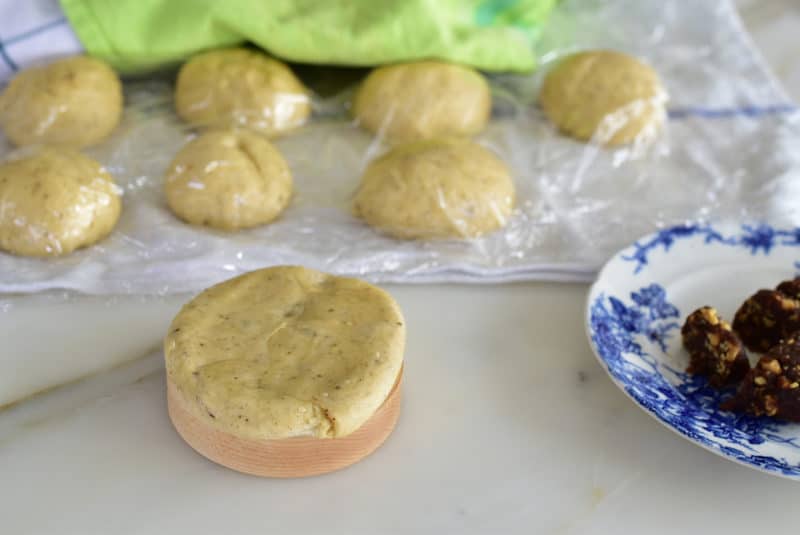
His eleven-year-old self could not believe that he had left for school with the understanding that there would be Easter cookies baking at home that day (to him that must have meant frosted cut-out eggs or something), only to find on his return the scent of black licorice permeating his world. Chris says he had never smelled that before –(not true)—and he was seriously wondering how he would survive living on Wagon Wheel Lane for even one more minute with that scent hanging all over the entire house.
Ahhh, gotta love Aboods; emphasis is a well-honed skill.
Clearly no amount of trying to persuade my brother to taste the ka’ik again to see what he thinks of them now, with his adult palate, was going to fly. It’s true that I’m one of those pushers of food who thinks she can convince you that you do like it even, or especially, when you say you don’t. I channel the mother in My Big Fat Greek Wedding: “Ian, are you hungry?” No, I just ate. “Okay, I make you something.”

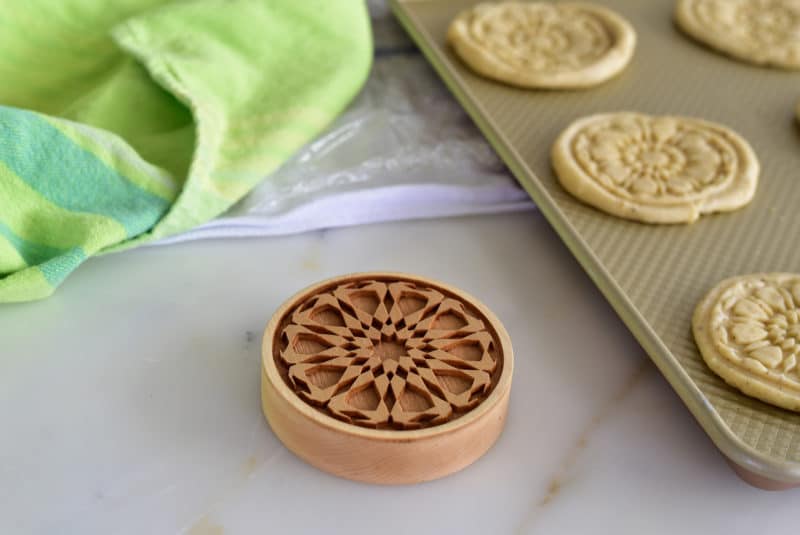
But while I can’t accept that Chris had never encountered the aroma of anise in our house before that day (my mom is an anise lover of the highest order), I was riveted by his other point.
As a cookie, well yes, this may well disappoint; very little if anything about this version of k’aik fulfills cookie expectations. You should make these maamoul if cookies are what you’re after. Yet that is what most everyone I know calls them. “Easter cookies.” I beg the court’s indulgence: ka’ik is dough like bread, risen twice like bread, smells and bakes and tastes and warms up . . . like bread.
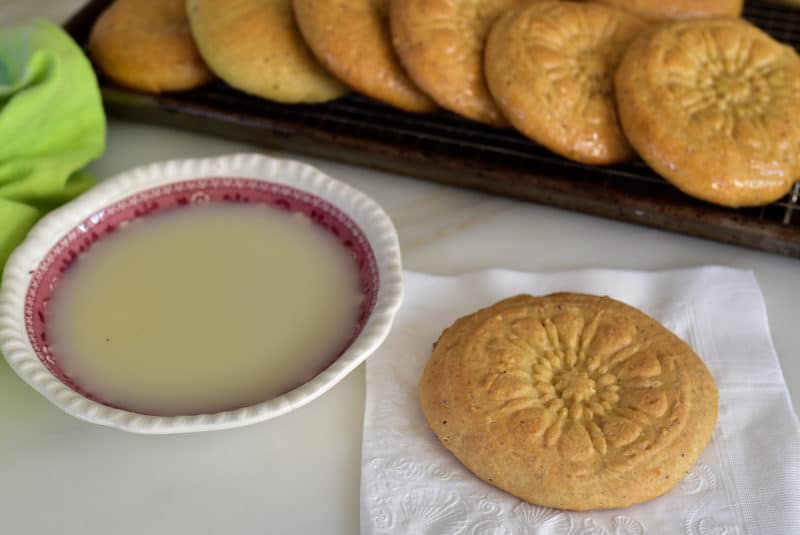

I even titled my recipe “Spiced Sweet Breads with Rose Water Milk Glaze” in my cookbook, trying to be as accurate as possible about what these really are, in all of their glory, so people would know what to expect.
I wouldn’t want to be responsible for someone telling their kid they’re baking Easter Cookies, only for that poor little koosa to come home from school and discover he’s been had.
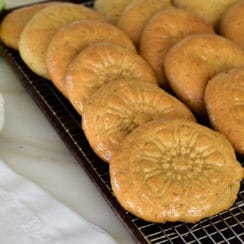
Date-filled Ka’ik
Ingredients
For the dough:
- 1 tablespoon active dry yeast
- 3/4 cup granulated sugar
- 3/4 cup clarified butter
- 1 1/3 cups whole milk
- 5 1/2 cups all-purpose unbleached flour
- 1 tablespoon mahleb, freshly ground
- 2 tablespoons anise seed, freshly ground
- 1/2 teaspoon ground nutmeg
- 1 tablespoon sesame seeds
- 1/4 teaspoon kosher salt
- 1 teaspoon olive oil, to coat the bowl
For the filling:
- 1 cup date paste (you can make your own by pulverizing whole pitted dates)
- 2 tablespoons toasted walnuts, chopped (optional)
For the glaze:
- 1 tablespoon unsalted butter
- 1/4 cup half and half
- 1/2 cup granulated sugar
- 1/2 teaspoon rose water
Instructions
- Proof the yeast by dissolving it in 1/4 cup of warm water with a tablespoon of the sugar. After about 10 minutes, the yeast will activate, becoming creamy and foamy.
- Warm the clarified butter and milk in a small saucepan over low heat or in the microwave just until the butter is melted.
- In the bowl of a stand mixer fitted with the hook attachment, or by hand in a large bowl, combine the yeast mixture with the remaining ¾ cup sugar, flour, mahleb, anise, nutmeg, sesame seeds and salt. Slowly add the butter and milk and mix on low speed or by hand until dough forms. Increase the speed on the mixer to knead the dough for five minutes, or by hand on the counter for 10 minutes.
- Lightly oil a large bowl with the olive oil. Coat the dough in the bowl and cover with plastic wrap, then a clean kitchen towel. Set the dough in a warm spot to rise for 2 hours.
- To create a warm setting for the balls to rise again, place a kitchen towel on the counter and cover with plastic wrap. Divide the dough into 18 pieces by cutting or squeezing off balls about 2 ½ inches wide (the size can be larger or smaller, to your liking). Place the balls on this about 2 inches apart, cover with more plastic wrap and another towel. Let the balls rise for ½ hour.
- Heat the oven to 325 degrees, with a rack in the center of the oven. If using a new ka’ik mold, lightly brush it with oil.
- Combine the date paste and walnuts either by hand, or in a processor.
- To fill the dough with dates, flatten a dough ball. Take a tablespoon of the date mixture and flatten that, then place it in the center of the flattened dough. Pull the dough up around the filling and pinch it closed.
- Press the ball of dough into the mold firmly with the palm of your hand numerous times without lifting the dough to get the imprint on the top of the dough, taking care to keep the date filling covered with dough where your hand is pressing down. Carefully remove and place face-up on an ungreased sheet pan. Repeat this process with the remaining dough, baking six at a time. If using your hands to shape the dough, flatten each ball with the palm of your hand. Pinch the edges five or six times around the circle and poke with the tines of a fork over the top. Bake one sheet pan at a time if using two pans.
- While the ka’ik bakes, make the glaze. Heat the butter, half and half, sugar and rose water in a small saucepan over medium heat. Simmer for one minute, then remove from heat. Pour the glaze into a dish wide enough to dip the ka’ik in.
- Glaze the ka’ik while they are still warm. Dip each sweet bread face-down into the glaze and place on a cooling rack to dry.
- Keep the ka’ik well-covered or in an airtight container for up to three days. Eat them at room temperature, toasted, or warm them in a low oven.
Nutrition information is automatically calculated, so should only be used as an approximation.
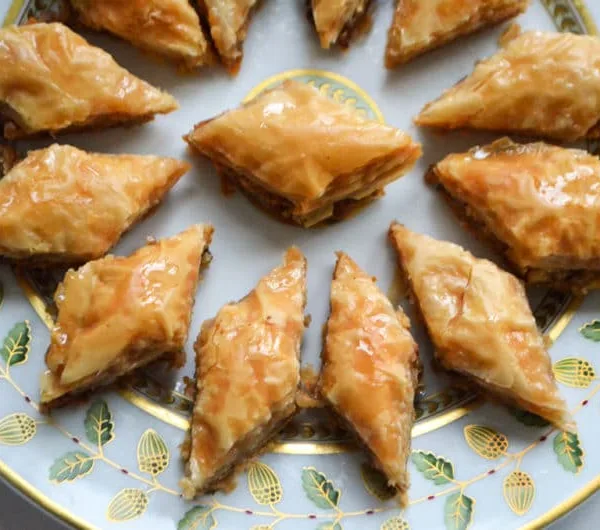
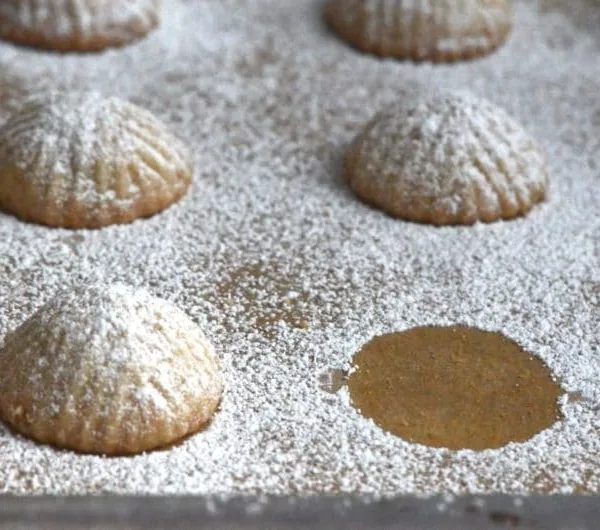
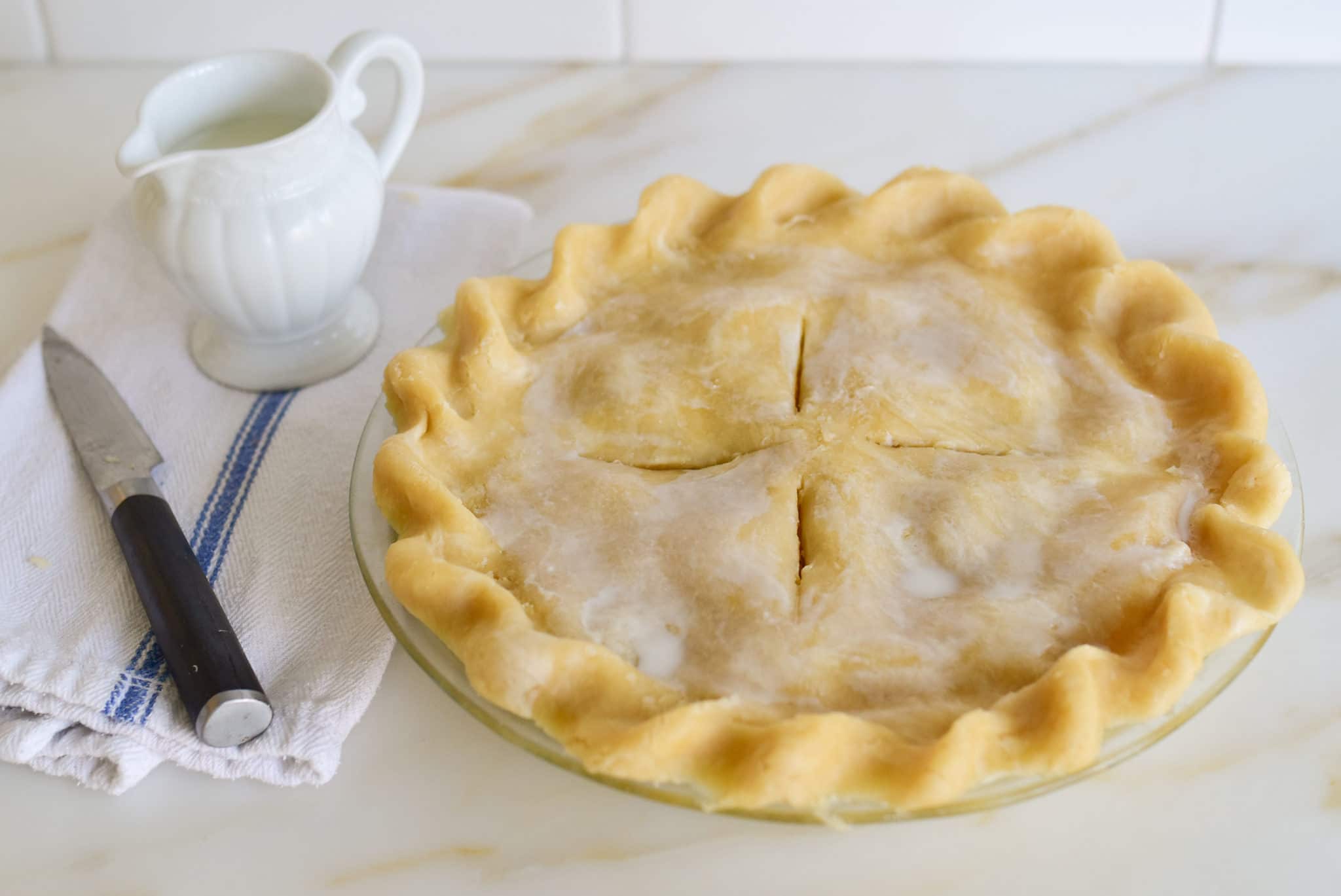
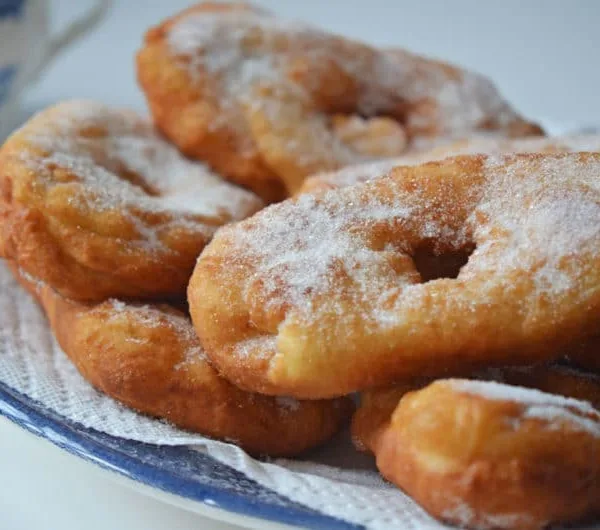







If we’ll be eating the ka’ik over a couple days, how is this glaze (with the half and half and granulated sugar) compared to the one on the raised ka’ik recipe (confectioner’s sugar and a little corn syrup)? I’m wondering in terms of store-ability, as well as flavor/texture. And most importantly, thank you! Your recipes have become favorites in my house every time I make them, without fail!
Yolanda hell, and thanks so much for your kind words! Great question. The glaze with confectioner’s sugar and corn syrup is more of a topping glaze that gets semi-hard on top. The other glaze here is more of a soak that sinks in and then makes the ka’ik glossy.
Perfect, that helps me decide. Thank you!
I am eager to use the new mold I received from you. It is a work of art! What is the clarified butter that will work best in this recipe? Do you advise making your own? Is there a method to make your own that you use? Is the substance called ghee and sold in jars the same and will it work?
Thanks so much.
Oh Victoria thank you! I make my own and you can get that method here. Butter ghee is indeed clarified butter and you can use purchased butter ghee for the recipe no problem. Just be sure it’s butter ghee, as often ghee is oil-based.
Is there a recipe for the date filling? I don’t see it listed in the recipe or in the blog post wit ha method for filling the bread?
Thank you Joanna for letting me know–the issue is fixed now and the recipe corrected!
Hello! I hoped you could help me find a recipe for something – I believe it is called simsen bread? It is sweet with sesame seeds and a sweet syrup topping maybe some other toppings. I have looked and cannot find a recipe…..I know someone that makes it, but will not share recipe with me . Would love if you had it!
That sounds really lovely Carol. I’ll see what I can find as it sounds like a recipe I’d love to have too!
Hello Maureen – These look amazing! I am not a fan of anise. Would it be OK to omit it or should I replace it with something else?
You can certainly omit the anise and still enjoy the ka’ik! I would increase the mahleb by another tablespoon. You could add a touch of cinnamon, or just go with the mahleb and nutmeg.
Maureen, I have been making ka’ik (sweet bread) for years trying to make them like my Sitti did. They are’t bad, but I can never make the pattern stay on, it always goes away in baking. What is the answer? I always use a glass dish. I need HELP. Nick roselynds@aol.com
Hi Nick–the molds help a lot with holding the form on top. I find the key is pressing the dough SUPER hard, with all of your might, into the mold more than once without removing the dough. Most of the time this works for me! But I hear you–it’s always frustrating when the design bakes out, and it happens I think to everyone!
I can see my father pressing the marks in the tops of the cookies. Easter was always such a special season in our home. Your recipes bring back the sweetest memories – literally and figuratively.
Thank you–how special!
Now let’s be truthful the trauma wasn’t really from the smell but more likely from the talk that the old ladies had when making their ka”ak. We all know what goes on in a Lebanese kitchen at “Easter Cookie” making time… we will be making ours soon! Love your stories!!
So funny Margaret, thank you–enjoy your baking and talk-time!
Are these like mamoul (sp) that I ate in Jordan? I’ll eat anything with dates in it. There are commercial mamoul and those that I bought in a bakery. Surprisingly, they didn’t have them in Aqaba where I lived but in Madaba near Amman. I had to control myself as they are ridiculously fattening.